Whether you are full-time travellers like us looking to navigate the Schengen Shuffle or holiday seekers after a unique destination, we have just the place for you. Get out that map, head to the UK’s south west coast and find the path less travelled at the Roseland Peninsula. This is an Area of Outstanding Natural Beauty and as soon as you pass St Austell you are entering the land of the Heritage Coast. Let us take you on a journey to Cornwall’s hidden treasure where you be greeted by traditional fishing communities, stunning coastal walks and azure waters that would fit seamlessly into Greek holiday brochure. We’ve added a series of galleries with pictures that capture the Roseland at its best. So click on each picture to see the full gallery available.
* Map below courtesy of Into Cornwall.

1. St Mawes
We based ourselves on the western edge of the peninsula at the old fishing village of St Mawes. Named after Saint Maudez from Brittany who settled here in the 5th century, St Mawes somehow still maintains its charm and quaintness without the hoards of tourists you might expect of such a stunning picture postcard place.
With stunning views over the bustling harbour there is a constant buzz from the ferries, fishing boats and wild swimmers looking to master the ocean’s ice-cold water. As a destination all by itself St Mawes is a delight with its remarkably in tact castle, built by King Henry VIII, its narrow Cornish coast-hugging streets, thatch cottages and its waterscape. The ebb and flow of the tide makes for a mesmerising display the waters of which gently change the scene hour by hour. The toots from the Falmouth ferry every 30 minutes reminds you of how the communities along this coast have made the sea their companion and not their enemy. The clinking boats moored up just outside the harbour walls signal the wind’s command of the airwaves whilst the relative shelter from St Antony’s headline to the east brings a certain calmness to life here.
The stunning walks around this finger of the peninsula will stretch your willing legs for either 3 or 5 miles depending how long you fancy. For a slightly longer circular hike you can encompass St Just in Roseland Church which will net you a nice 6.5 mile return trip. More on that in a moment.
With art galleries, smart hotels, fishmonger huts on the quay and deli’s you have all that you could desire here. You won’t find a major supermarket, although somehow that part of the matrix’s life sits on the fringes of your holiday. Your days in St Mawes get blessed with a simplicity that is second to none and really needs no interference from the ‘outside world’.
There is a car park just beside the Rising Sun pub which is chargeable. We paid £35 for the week. There is room for motorhomes to park here for the day although there is no overnight parking allowed.
2. St Just in Roseland
Two miles north from St Mawes is the small hamlet of St Just in Roseland, named in honour of Saint Just the Martyr. The community itself has nothing much of note – although what puts it firmly on the ‘must visit’ map is its ancient church and famous churchyard.
Hugging the water’s edge, this church, the site of which is thought to have had a place of worship since 550AD, is reputed to have the most picturesque churchyard in England and the only one with a sub-tropical graveyard. Resting places for the local community from a bygone era, share this humble yet tranquil space with camellias, rhododendrons, acers, bluebells and primroses. It is the most incredible place to sit, wander and marvel at how special this piece of land is. It really will blow you away whether you are religious or not. If you can, check the tide times and visit at high tide for the most magical of settings.
There is a free car park at the top of the village from which you can walk down the hill down to the church for 0.3 of a mile – just remember you have to walk back. Or you can drive down to one of two car parks run by the National Trust which need coins or the PayforPhone app. There is a little cafe here if you fancy making a longer visit. You can also follow the coastal walk from St Mawes, which is 2 miles, taking the upper footpath back to the water tower for a nice 4 mile round trip.
3. Veryan and Portloe
The Roseland Peninsula is a delight to explore along the coast and inland. Whilst not quite as picturesque, just a few miles away from the sea you are presented with curvaceous fields draped in yellow blankets of Rape crops so bright you need sunglasses. In between and down classically narrow Cornish lanes, you will stumble upon traditional rural villages. The one we loved best was Veryan not least because of the five roundhouse thatch cottages built by Rev Samuel Trist back in the 19th century for each of his daughters. A pair of cottages were built at the two entrances to the village and the fifth, which we never found is hidden behind the village school. Legend suggests they were built round so that the devil couldn’t hide in any of the corners. The village’s 13th century church is also said to have the longest grave in the UK, being the resting place of 15 sailors from the wreckage of stricken cargo ship the Hera, on 1st February 1914.
The other place worthy of note that we loved was Portloe. This is not a place I would want to bring a motorhome to given the narrow lanes that lead here, although if you have separate transport or come in a car, then this is a must. Portloe on the east coast of the Roseland Peninsula is a traditional Pilchard fishing community that has so much charm and tranquility in equal measure. It is said to be on of the quaintest villages in Cornwall. With its steep streets that loom high above the sea, its tiny harbour is sheltered behind a headland keeping it protected from the Channel winds. Sir John Betjeman said of Portloe “One of the least spoiled and most impressive of Cornish fishing villages”. Although steeped in tales of pirates and the smuggling of French Brandy, today there is less controversy surrounding the village and the remaining three fishermen now trawl for crab and lobster along these crafted shores.
4. St Anthony’s Lighthouse and Coastal Walk
With stunning views across the water from St Mawes towards Place, a whole world of stunning hiking awaits you. Accessed either by car parking in Porth Farm National Trust car park or via a twice hourly ferry from St Mawes you will be in walking heaven. A circular route of 6 miles rewards you with World War 2 battery buildings, St Antony’s lighthouse and secret coves to the south; bluebell covered woodland that radiate divine scents, Place Manor and ancient St Anthony’s church to the east. And on the west, undulating cliffs fall away to a craggy coast where seals harbour and you gorgeous views across the Cornish coast towards Mevagissey.
This walk is so mesmerising, appealing to every sense and every interest as you scale up this shapely landscape admiring the views surrounding you. With the southern tip looming, you begin to see the west coast stretch out in front of you with Falmouth and The Lizard tantalisingly close. The Artillery Battery Station served in both World Wars although was actually built back in 1895. In 1956 the buildings were decommissioned and by 1959 taken over by the National Trust. (If you wanted to you could drive down to this location and start your walk from here. Just around the corner you descend along the South West Coastal Path and come across St Anthony’s Lighthouse which was built in 1835 and is now a holiday cottage, although it is perhaps more famous as being featured in the introduction to children’s TV programme Fraggle’s Rock.
For us it was the western section that popped like candy in front of our very eyes. With golden sand coves encompassed by jagged rocks and sparkling azure seas, we were immediately transported to somewhere else far away from the UK. Wind-shaped pine trees framed the scene atmospherically as we hugged the rugged coastline with views of our home across the water at St Mawes. And then with sneaky peaks of the crystal blue waters in between the woodland trees, a pine carpet was laid out in front of us with primroses, blue and white bells lining up along our path as if we were celebrities. The smell rose up to tease our nostrils with that heady scent that only spring can offer and our walk morphed into yet another phase of deliciousness. Only the presence of orchids could alter the joy of our day. And there, in the final approach before the car park, a whole field of these beauties welcomed us on the home-straight. Typically a late spring or summer blossom, we were blown away by the early arrival of this precious plant gracing our walk so magnificently. What a way to end this 6 mile hike.
The Porth Farm car park takes either £1 coins or you can use the PaybyPhone app. Although please bear in mind that there is no signal at the car park so you will need to move out to the coast to be able to pay. There is a cafe just across the road for refreshments or toilets and there are toilets at the Battery half way round the walk. There are plenty of benches to grab a rest and have a picnic. Or you can take the Place ferry from St Mawes, tickets for which can be made on-line with a 10% discount or you can buy full price at the ticket office at St Mawes harbour. In 2022 the cost was £8.50 or £7.65 on-line per person.
5. Portscatho and the Hidden Hut
On the east coast of the Roseland Peninsula you will find fine views along Cornwall’s enigmatic coastline where hidden fishing villages hold tales of a bygone era in Mevagissey, Looe and Fowey. Although of course you will have to share your experience with many other visitors. Not so in this hidden gem of The Duchy. Perhaps the surfing waves of the west are more alluring to most meaning that this tucked away little haven is shielded from too many tourists.
Portscatho is just a few miles from St Anthony’s Point and is known for its Art Galleries and traditional pilchard fishing community. Although for us, it was the draw of the Hidden Hut that so many had told us about that brought us to this spot. Parking in the car park you have a short 10 minute walk to Porthcurnick Beach. A vast expanse of white sandy beach awaits you that has dogs salivating at the potential for ball games and swims. It is though a different salivation for the two legged kind, as just up from the beach is the famous Hidden Hut, an eating experience that has many famous sort praising their culinary delights with adjectives abound. With a delicious menu that is delivered with efficiency, your taste buds are soon quietened as their eco-friendly serving plates and cups are filled with the most incredible fare. From chowders to curry’s, fish to veggie soups and naughty cakes, this takes the idea of street food to a whole new level. And after a sumptuous partaking of grub, you can then walk off your meal along the South West Coastal path as long as your feet can take you.
The car park has a tricky entrance to it that has a huge hump that even with our little Hyundai car scraped the undercarriage. So please beware if you bring a camper or motorhome that you might need to enter through the exit to save your undersides.
6. Falmouth
What a lovely surprise Falmouth was. As a general rule we’re not big town/city fans, preferring the charm of rural life that is brimming with natural life and energy. Although we have also come to appreciate after 6 years of full-time travel, that no travel is complete without experiencing all sides of the coin – even the stuff that we like less. And so we made the decision to see Falmouth knowing that a large part of the adventure was to take the ferry across from St Mawes. Seeing things from the water always has a different feel to a land view as it creates a broader perspective. So our 20 minute journey offered us a real treat as we saw the village with fresh eyes and of course had a super welcome into the buzz of what is the world’s third largest naturally deep port.
Known as the Port of Protection, Falmouth has for centuries been a safe haven for merchant ships passing through the Channel and today large tankers can still be seen harbouring here in the sheltered waters. With a sparkle of tiered streets housing colourful fishermen’s cottages, Falmouth has a quintessential seaside town feel about it. Walking north through the High Street upon cobbled streets, you are welcomed by fluttering flags and independent restaurants overlooking the sea and shops offering a range of purchases to the eager tourist. And that, of course includes the must try Cornish pasties.
Heading south takes you out of the town hub towards Pendennis Castle. Although before that, it might be worth a visit to the charity run Maritime Museum that focuses on seafaring life, community issues in Cornwall and around the world tthat please visitors of all ages.
If you’re up for a bit of a walk then you can take the Scenic Route east towards the Castle that will show a bird’s eye view of Falmouth docks. Perhaps not the vista you might choose, although it is actually really interesting to read its history from the information boards along the route. And then you have the mighty fortress of Henry VIII’s Pendennis Castle to feast upon. This 16th century castle with its perfect position looking out to see, was built to protect the country and was one of a number of fortresses that Henry Tudor commissioned during his reign. Now run by English Heritage you can either pay to enter and explore or simply walk around the moat and see Little Denis for free, that perches right on the cliff edge at the peninsula. As you stand at the arch windows looking out towards St Mawes and St Anthony’s Lighthouse you can marvel at the crashing waves and just for a moment or two ponder on the battles that the past holds tribute to. And then walking back along the one way road to the west you will see the beach offerings of this lovely area, which at low tide must be a delight. Falmouth was lovely and albeit just a half day visit, gave us a flavour of this busy and significant port and its role in the shaping of Cornwall’s history.
If you decide to drive to Falmouth then there is a free car park just before you reach the Castle where it looks like you can stay overnight without restrictions if with your camper (50.148623, -5048318). Or you can park at Little Denis again for free although there is no overnighting allowed here.
The Falmouth to St Mawes ferry (like the Place Ferry) can be purchased on board for £12 or £10.80 with an on-line 10% discount. They ferries run every 30 mins to the Custom House Quay or the Prince of Wales Pier alternately. You can take dogs and bikes. The Museum costs £13.80 pp or £12.40 for concessions and £7.75 for children aged between 5-18. Children under 5 enter for free.
7. The Lizard Point – Area of Outstanding Natural Beauty
Whilst not technically the Roseland Peninsula, The Lizard is an easy to reach destination whilst you are in this beautiful part of the world. We don’t class ourselves as Compass Chasers, although it is always nice to place your feet upon the extremities of a country. And as a Brit, born and bred I am ashamed to say that I have not been to any of the four compass points of my own country. Well this week I managed to address that failing by driving down to the Lizard Point. Just 80 mins drive from St Mawes the drive was easy, made especially pleasurable thanks to the ‘rat-run’ route across the upper reaches of the Fal River.
To save time and 27 miles, we did a quick hop on the King Harry Chain Ferry; one of only 5 in the country. Crossing the Fal on this historic route, that has been serving the area since 1888, was a great experience – in the car. The ferry is brilliant and runs every 20 minutes with just a 7 minute crossing. With a few chinks of the chain, a few wistful looks up the river and a quick chat with the crew who take your £10 day return ticket, you have arrived using a totally green travel option.
Then onto The Lizard we went; both a village and your final destination at the Point just a mile or so further south. With endless walks along this spectacular coastline you will be treated to a sensory feast.
As an Area of Outstanding Natural Beauty, this region is host to 600 different species of flower, seals, sightings of dolphins, in season and the Cornish Chough. Your breath will be taken away by both its splendour and its Channel winds. Thought to have derived its name from the Cornish, Lys Ardh meaning High Court, The Lizard offers natural beauty, maritime history, tales of smugglers and a lesson or two in geology. What a magical place with its undulating cliffs, rock formations, cascading walls of flora and its azure blue seas. I would go back in a heart-beat.
The King Harry does take campers and motorhomes, although if you have a big overhang like Scoobie, we strongly recommend you avoid this route. We arrived at low tide and the ferry entry would have ripped our rear bumper for sure. Even our return at high tide would have been a close run thing. If you have a camper or small moho, we reckon you would be fine.
If you come to The Lizard in your moho, we suggest parking in the village and walking as the access road is very narrow. There’s a suggested donation of £3. If you come by car, there is a National Trust car park at the Lighthouse that costs between £1 for an hour or £3 for all day, payable by coins or PaybyPhone app.
8. Practicalities of visiting the Roseland Peninsula
Below we have outlined some of our recommendations for travelling to and around the Roseland Peninsula and where to stay depending upon your wheels.
Getting here
Travelling to Cornwall is certainly getting much easier. The road network is much more fluid than in the past and traffic jams are less of a problem except in the height of summer. We travelled from Somerset having put our motorhome in a Gold Standard CaSSOA site at Wellington just outside of Taunton to ensure we complied with our Insurance T&Cs. It cost us £50 for the week and gave us piece of mind to go away on a holiday.
From there it took us 3 hours to get to St Mawes including lunch at the gorgeous Lifton Farm Shop – Strawberry Fields. They also allow you to park here overnight with your motorhome and camper van for free.
If you want to travel to the Roseland Peninsula by train, then there is a main line train from London Paddington direct to either Plymouth, Penzance or Truro taking around 4 hours and costing from £73 for a single journey per adult.
Getting around
As we’ve mentioned throughout this blog, getting around this coastal jewel is easy if you decide to leave the van behind. After all the roads here are notoriously narrow, which out of season is not a massive problem, although I suspect from June onwards that might well change. We both agreed that even in our little car, driving these roads in summertime would be an absolute no-no. The stress that pulling over in very limited passing places would make for a very stressful time.
So instead why not make use of the ferry network, which is outstanding and we highly recommend using these services. If you’re in the area for at least a week and want to spend your time exploring and walking, then we suggest you buy a Mussel Fal Card. It enables you to buy a card that you can then use, on consecutive days on either train, ferry or bus. Alternatively we recommend using this website for access to ferry information and on-line purchases which give you a 10% discount. All you need to do is validate the email you receive at the Ticket Office and off you go.
Staying in the Roseland Peninsular
We chose an AirBnB apartment right in the heart of St Mawes overlooking the harbour. It cost us £705 for the week with £35 for car parking for seven days. There are of course plenty of other options in the village such as The Idle Rocks, which bizarrely enough I remember looking at when we were celebrating our 25th wedding anniversary 7 years ago. Or you can stay at The Rising Sun restaurant and hotel .
If you choose to come here by caravan, camper or motorhome, then there are a few options for you to consider. Just bear in mind that the roads are narrow so if you have an additional mode of transport, we would highly recommend you take it, or at the very least choose a site where there are good transport links. Here is a link to the campsites in the area.
Eating out
If you love seafood then you will be in seventh heaven. A little pop up Seafood van is located in St Mawes and Falmouth. In fact in most larger towns you will undoubtedly find farm shop or fishmonger selling their catch of the day. The crab is just to die for and the scallops – well what can I say? We would also recommend trying the local pasties. We hear on good authority that the Pasties down at the cafe at The Lizard are the best in the area.
We also absolutely loved The Hidden Hut out at Porthcurnick Beach just next to Portscatho which is best experienced in fine weather so you can side outside or down on the beach.
Parking and Petrol
Most of the places to park around the Roseland Peninsula are fee paying parking. They are either cash or payable by PaybyPhone App, so it is worth having yourself armed with this already download on your phone before you go. You will of course have to pay 0.10p for the privilege although in today’s modern era where cash is used less and less, then the app works just fine. The most we paid was £4.10 for all day parking.
We took advantage of cheap petrol just outside St Austell on the way in. There are no other petrol stations on the Peninsula itself and you would have to wait until you reach Falmouth, Truro or Helston to replenish.
Food Shopping
St Mawes has a co-op, butcher and bakery and Falmouth and Truro obviously have the stable supermarkets available. Although many of the other small villages on the peninsula don’t have facilities so it is worth coming fully loaded to be on the safe side.
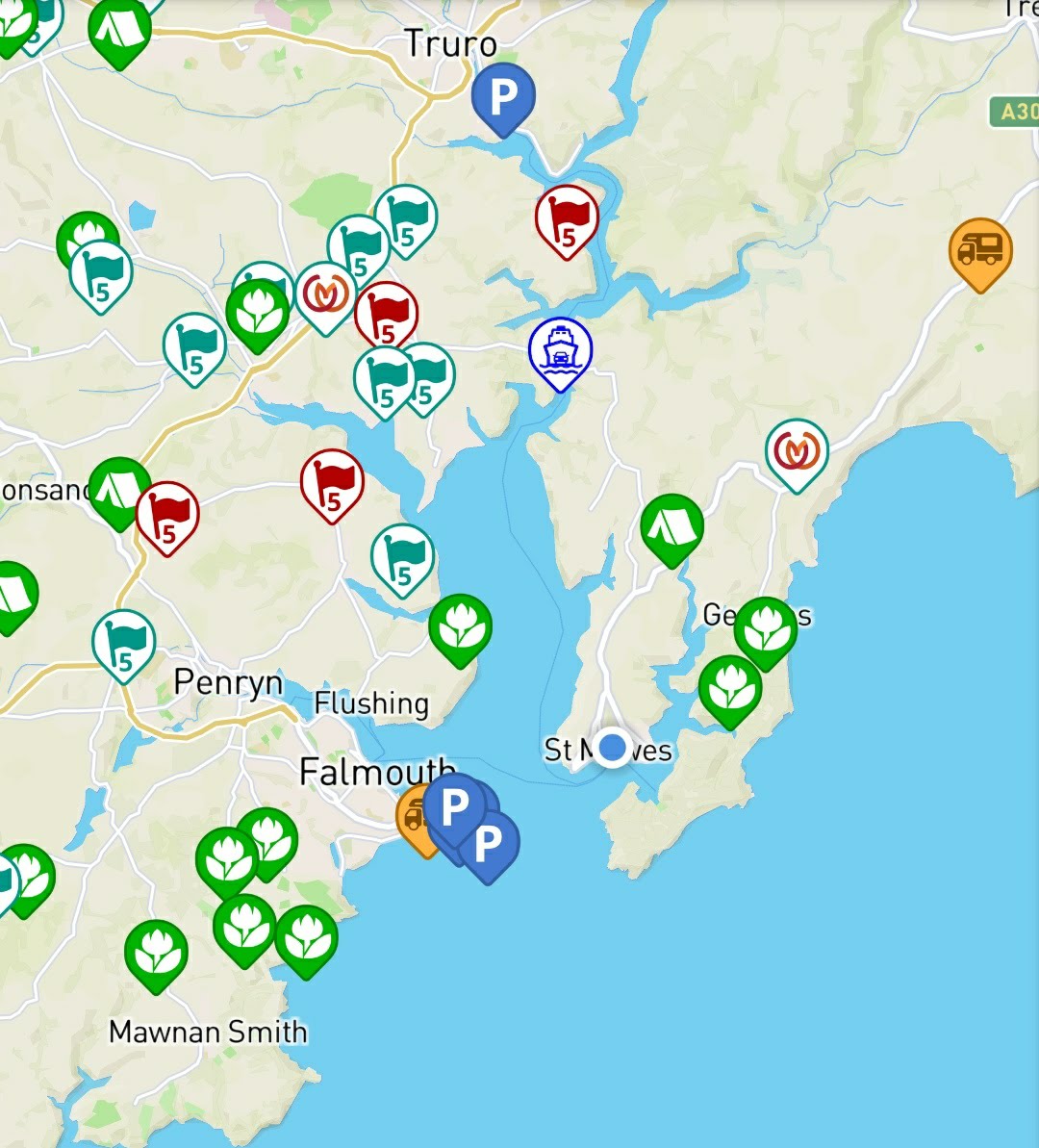
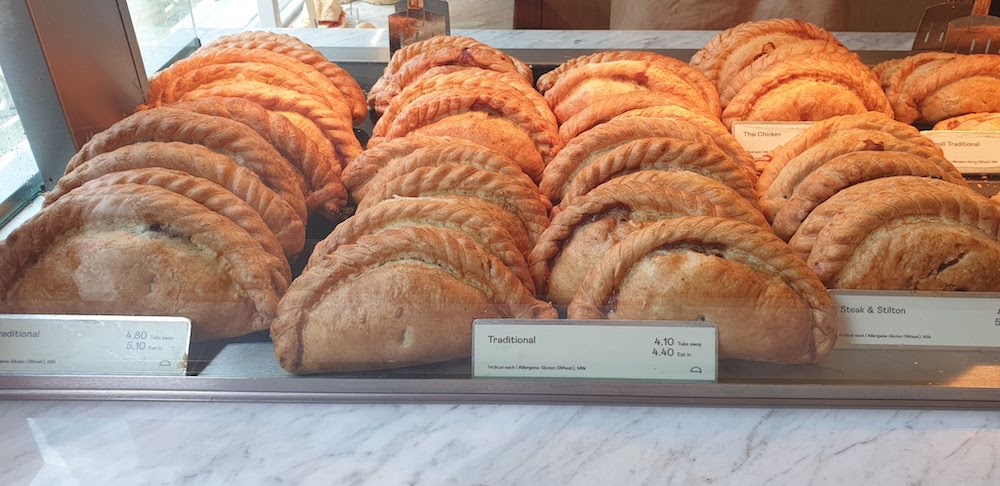
9. Our final thoughts on the Roseland Peninsula
This is one of the finest corners of Cornwall we’ve visited and whilst we’ve not seen the far south west between St Ives and Penzance, so far this is our favourite spot. This is in part because of the lack of crowds and also thanks to the idyllic countryside and coastal scenery. There is so much to do here to fill at least a week’s break down here more if you wanted to expand your trip towards Fowey, Looe and Mevagissey.
We would definitely promote this area during the shoulder seasons to avoid the main tourist season. We visited in the last week in April and were blessed with amazing weather. Of course in the UK you take your chances at any time of the year.
If you want beauty, quintessential Cornish fishing villages, coastal scenery and just a little slice of heaven, then you would not be disappointed making the trip down here.
Want to save this for later?
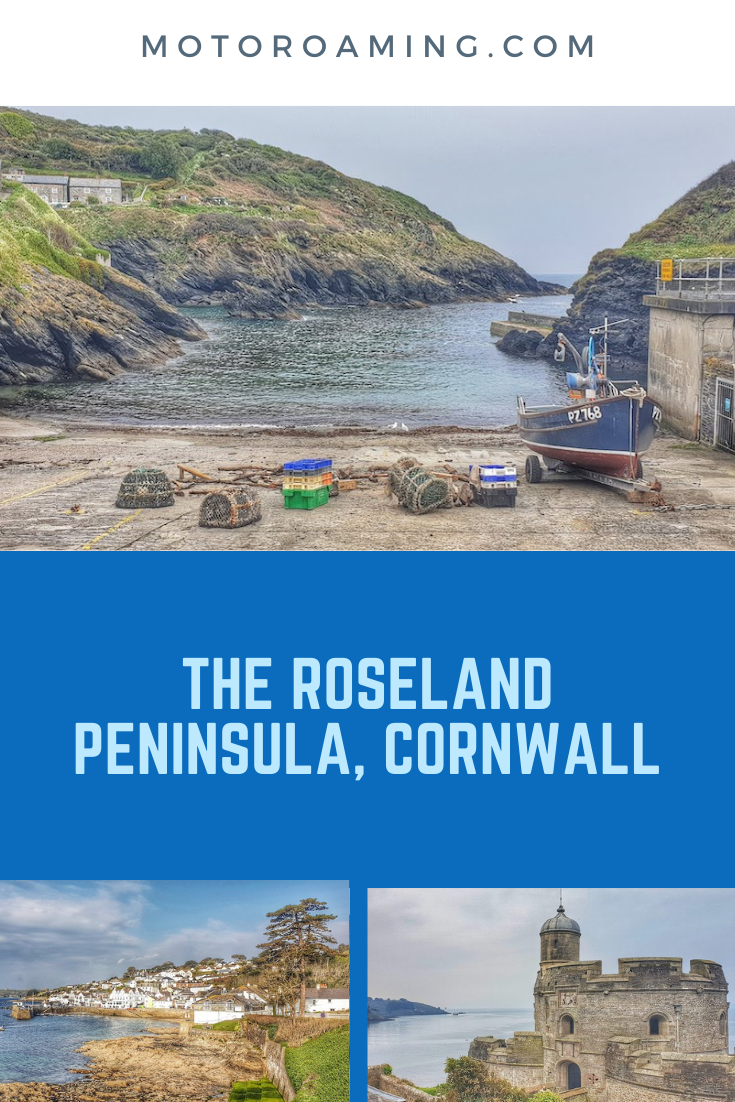
Other posts that might interest you…

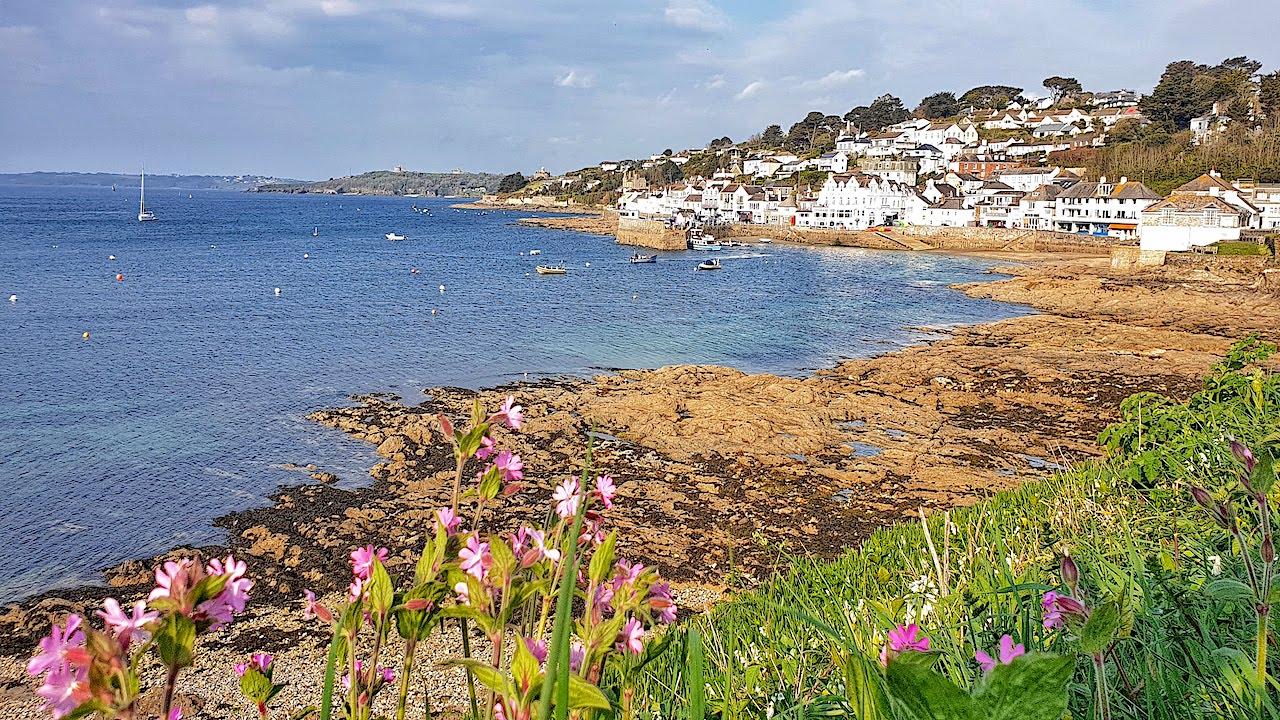
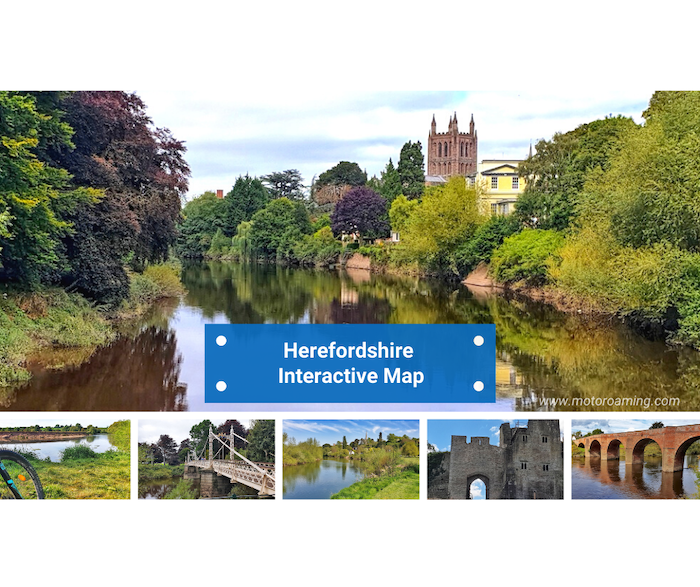
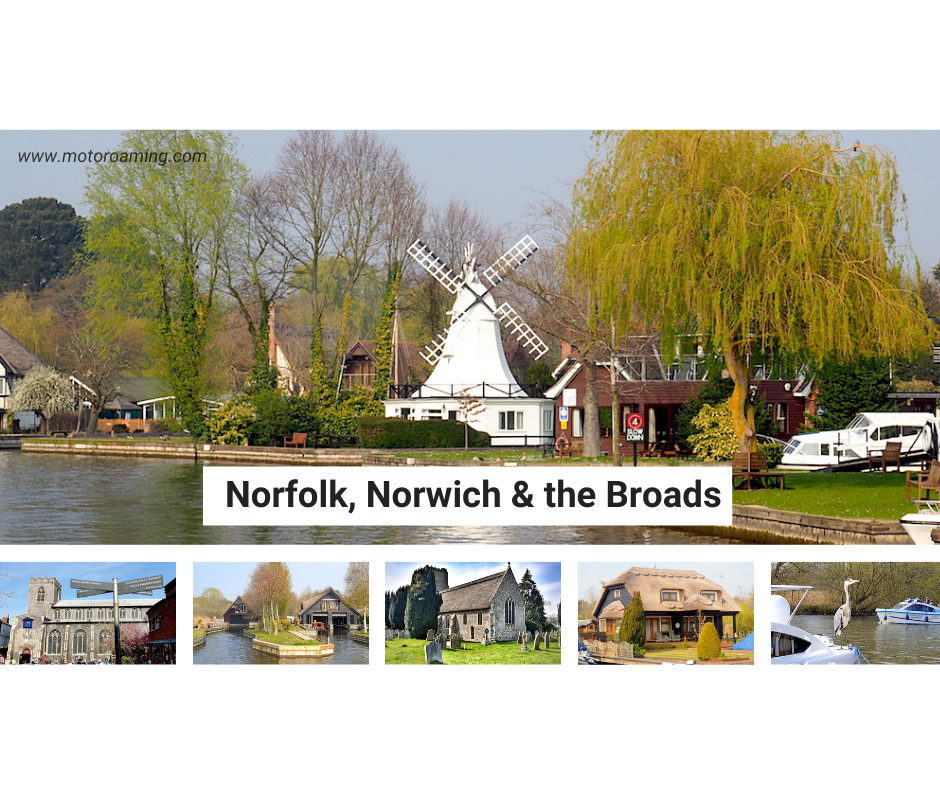

I’ve heard how Cornwall is famous for its stunning beaches but I’ve never been there before. It was interesting to read more about it, even though this is only one part of it. Would love to go there one day.
You would not be disappointed. It is a fabulous part of the UK if not a bit busy during holiday seasons.